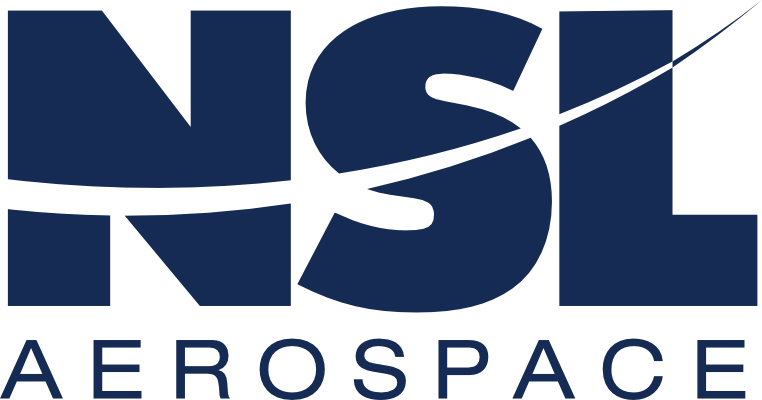Aviation access door sealants have a tough job to perform, whether OEM or PMA parts. As pressure multiplies, access door sealants must hold strong. These sealants are designed for long-lasting prevention of moisture, dirt, and weather intrusion. But they must also be strippable should the access door be opened for repairs or upgrades.
When it comes to aviation access door sealants, they need to resist erosion and remain chemically unchanged if exposed to fuel, oil, or other machinery lubricants. Furthermore, most aviation professionals require a sealant that won't cause blistering to the fuselage paint or surrounding metals.
A Quick Guide to Aircraft Access Door Sealants
What Makes Access Door Sealants Unique?
There is a wide array of aviation sealants. However, access door sealants fulfill a very specific primary purpose: to keep removable panels and the compartment they seal airtight. They can also double as a sealant for electrical wiring, but first and foremost they must keep the fuselage pressurized.
Keeping an Airtight Seal
Access door sealants need to stay put and maintain their thickness while setting. They also need to have the right amount of viscosity to fill any imperfections in the door frame.
An airtight seal also requires withstanding the extreme temperatures airplanes are often exposed to as part of their operation. So, high-quality access door sealants for aircraft need to remain flexible at below-freezing temperatures.
Tensile strength and elongation also play an important role in sealants to access doors since aircraft undergo jostling, high speeds, and extreme changes in pressure. These qualities ensure that hatches and doors maintain a firm hold without air or water intrusion to protect interior components, including fuel tanks.
How to Choose the Best Airplane Access Door Sealant for Your Needs
NSL Aerospace offers Royal Sealants & Adhesives, their own PMA, NSL1428 Class B, and Flamemaster. These all meet FAA regulations for aviation-worthy sealants, and maintain an excellent reputation for quality and longevity. All of these access door sealants also provide low adhesion, so they can be removed for hatch or part access.
All the aviation access door sealants carried by NSL Aerospace resist corrosion, blistering, and softening.
When it comes to choosing the best sealant for your needs, you will want to compare specs and application methods.
Sealant Use
Royal WS-8010 Class B, NSL1428 Class B, and Flamemaster CS3330CI and Flamemaster CS3330 sealants can all be used for exterior aircraft access doors, integral fuel tanks, and for removable or temporary parts. These parts also are used for pressurized cabins.
Additionally, all of these parts maintain seals on metals, glass, porcelain, and their coatings.
Fungal Resistance
Flamemaster, NSL Aerospace, and Royal access door sealants do not contain nutrients that fungi would feed or grow on.
FAA Requirements
All sealants listed on the NSL Aerospace website meet DMS2410 and AMS-3284 (supersedes MIL-S-8784B) requirements.
Tensile Strength
NSL1428 Class B has a tensile strength of 200 PSI.
Flamemaster CS3330CI Class A & Class B and CS3330 Class A & Class B have tensile strengths of 200 PSI.
Temperature
Royal WS-8010 and Flamemaster CS 3330CI are for use between -65ºF and 250ºF. NSL1428 Class B and Flamemaster CS 3330 are for use between -65ºF to 225ºF.
Application
All NSL Aerospace access door sealants come in two-part mixes that cure at room temperature.
CS3330CI Class A and CS3330 Class A come in the form of a brushable liquid. They can also be applied with a roller.
NSL1428 Class B, WS-8010 Class B, CS3330CI Class B, and CS3330 Class B are all viscous enough to be extruded via a sealant gun or applied using a spatula.
Shelf Life
Shelf life reflects how much time is left for a product to be used at full efficacy.
NSL1428 Class B performs at 100% efficacy for nine months when stored at temperatures at or below 80°F.
WS 8010 Class B performs at 100% efficacy for nine months from shipment when stored at temperatures at or below 80ºF.
CS 3330CI Class A performs at 100% efficacy for nine months when stored at temperatures at or below 80ºF.
CS 3330CI Class B performs at 100% efficacy for nine months when stored at temperatures at or below 80ºF.
For CS 3330 Class A, that time is six months when stored at temperatures at or below 80ºF.
For CS 3330 Class B, it's 12 months when stored at temperatures at or below 80ºF.
How to Apply Your Airplane Access Door Sealant
Whether using a brushable access door sealant or one that can be extruded, you want to be sure you're applying the product to a clean, dry surface that is free of contaminants such as dirt, wax, or grease. This will ensure proper adhesion that subsequently ensures you have a complete and functioning seal.
After quality checking the door fit, apply enough of the sealant for thorough coverage. Your sealant should squeeze out around the perimeter of the door and the screw holes. After tightening all of your fasteners, remove excess sealant with the products recommended.
How to Purchase Aviation Access Door Sealant
NSL Aerospace ships adhesives and sealants internationally, including Royal, NSL PMA Sealants, and Flamemaster sealants and adhesives access door sealants.
If you have more questions, please don't hesitate to reach out.
